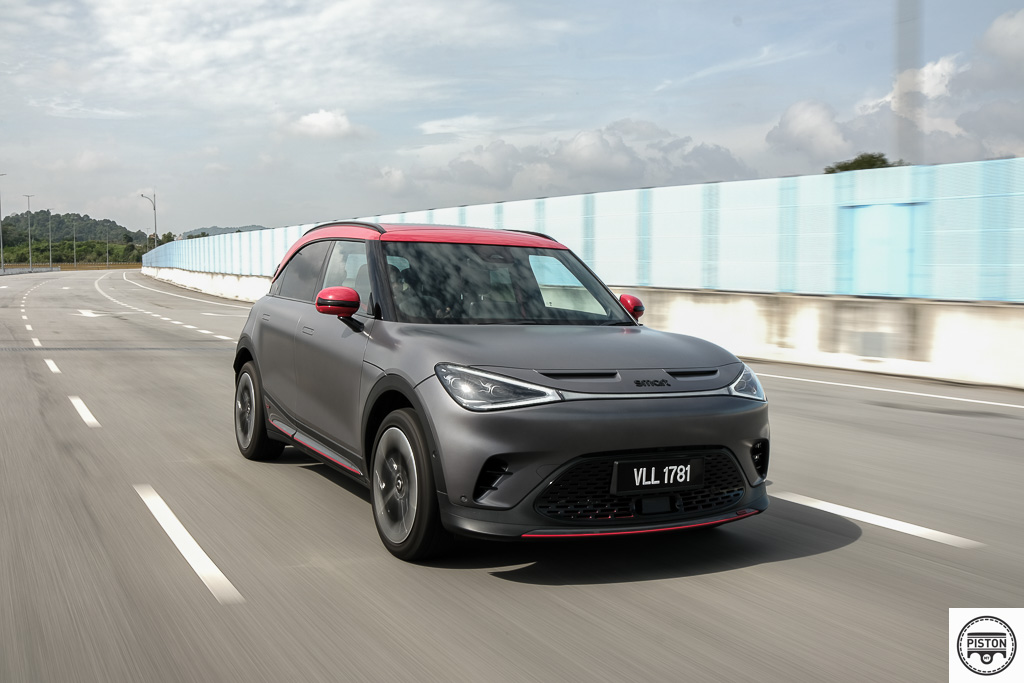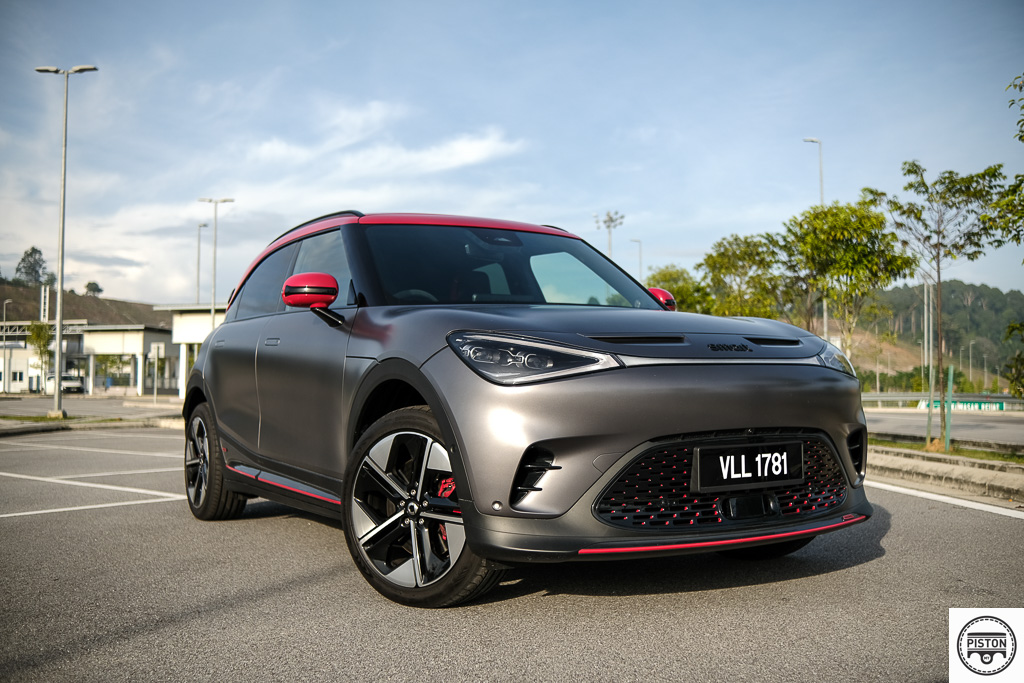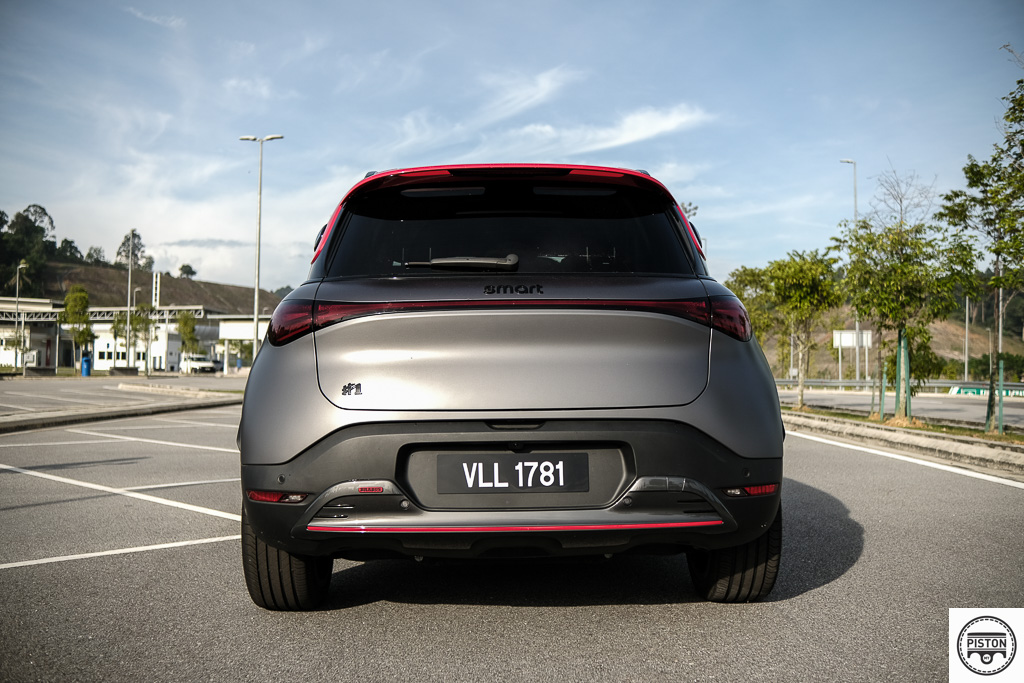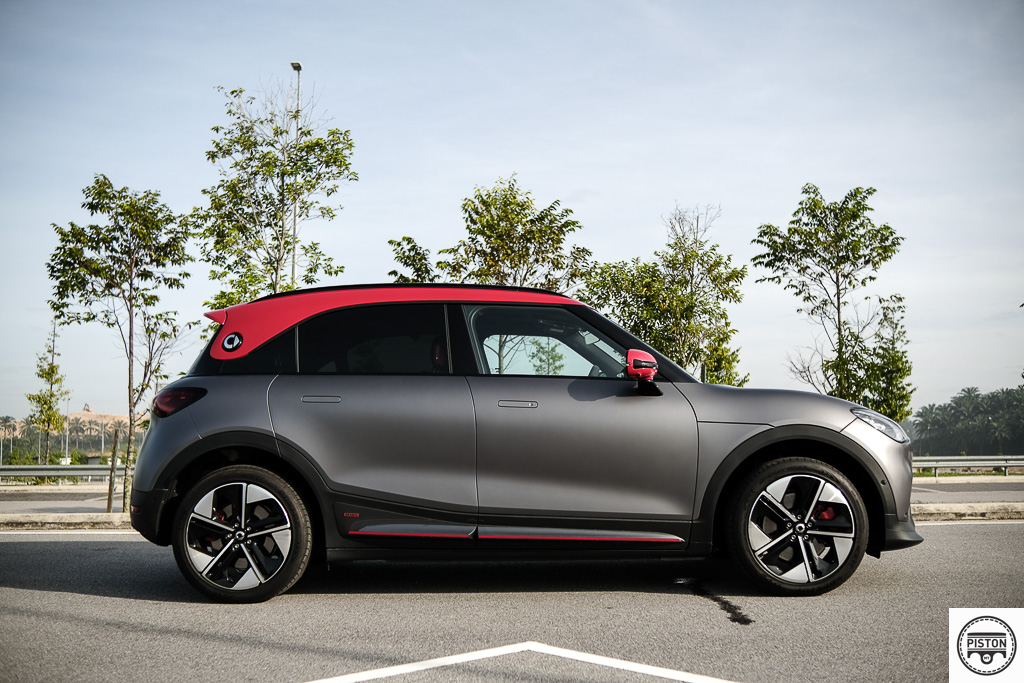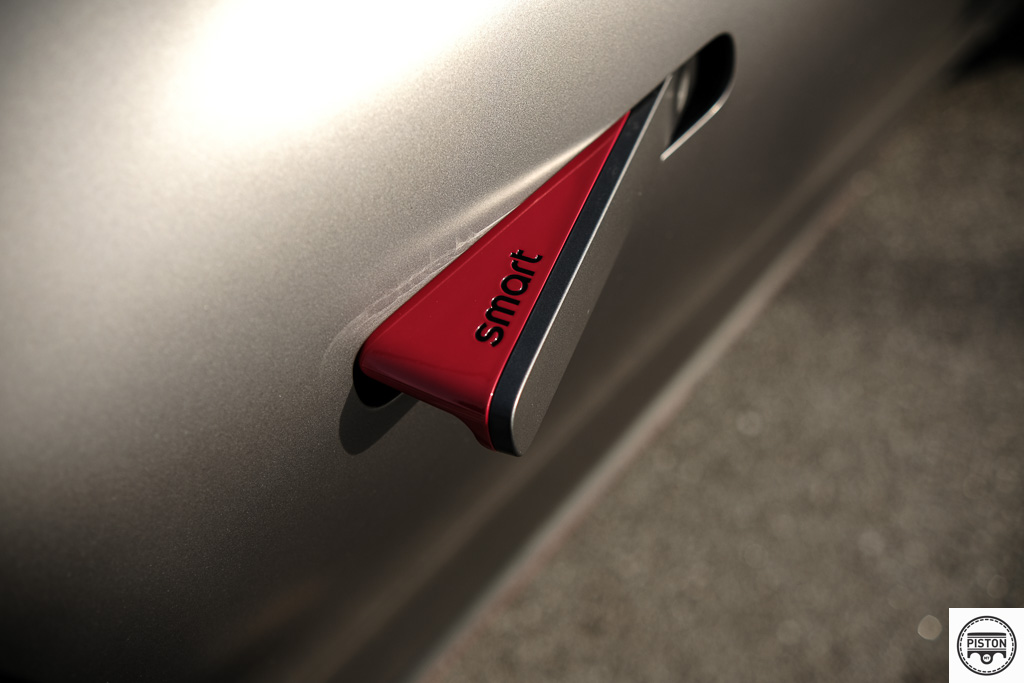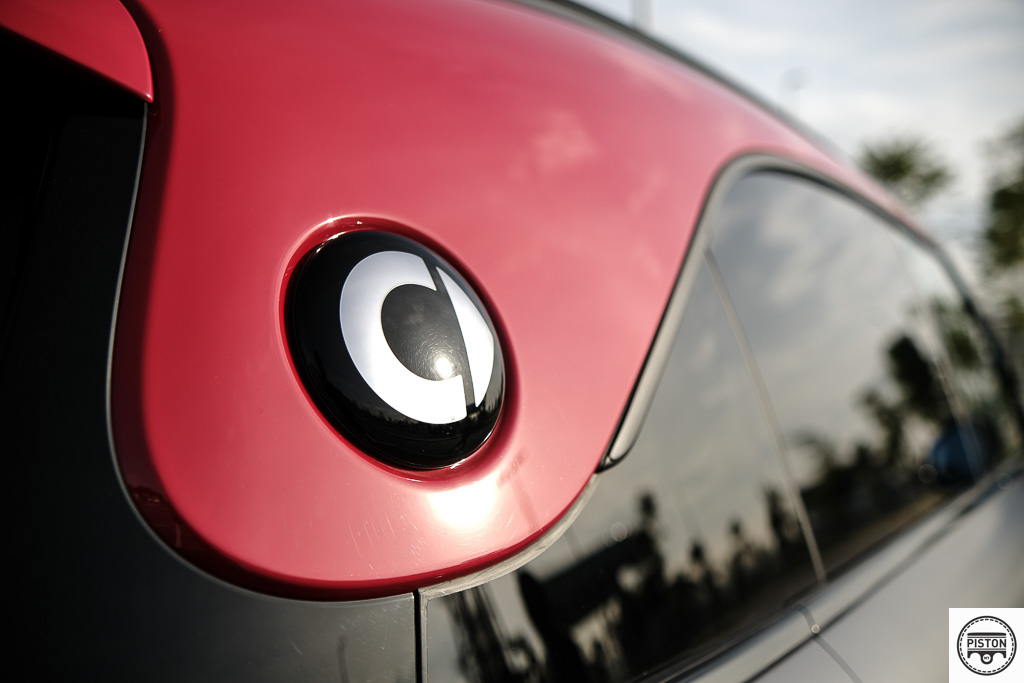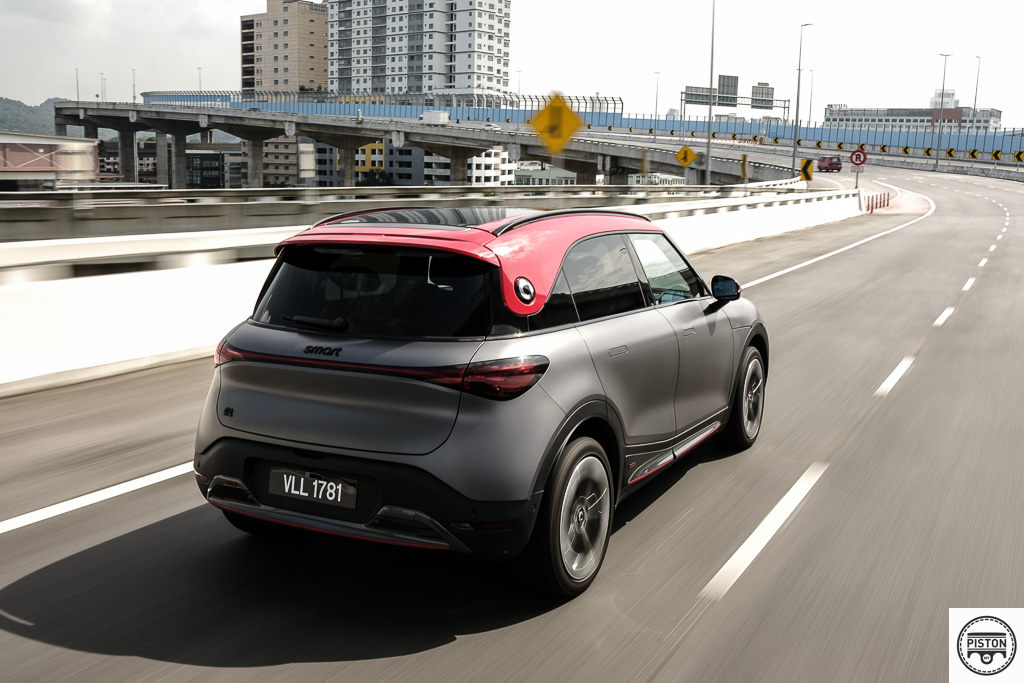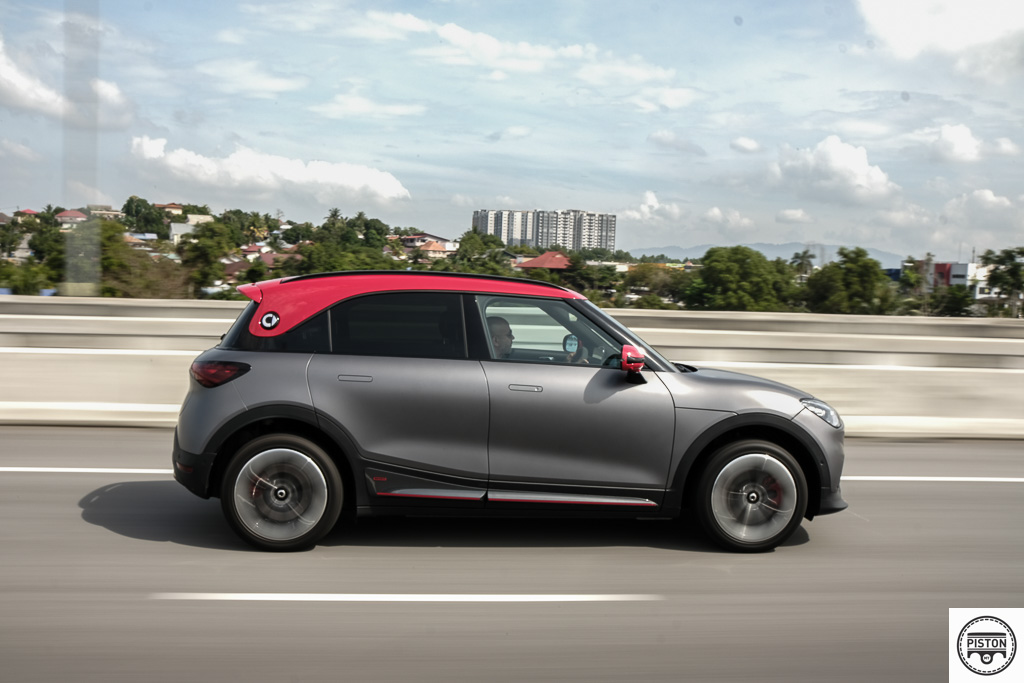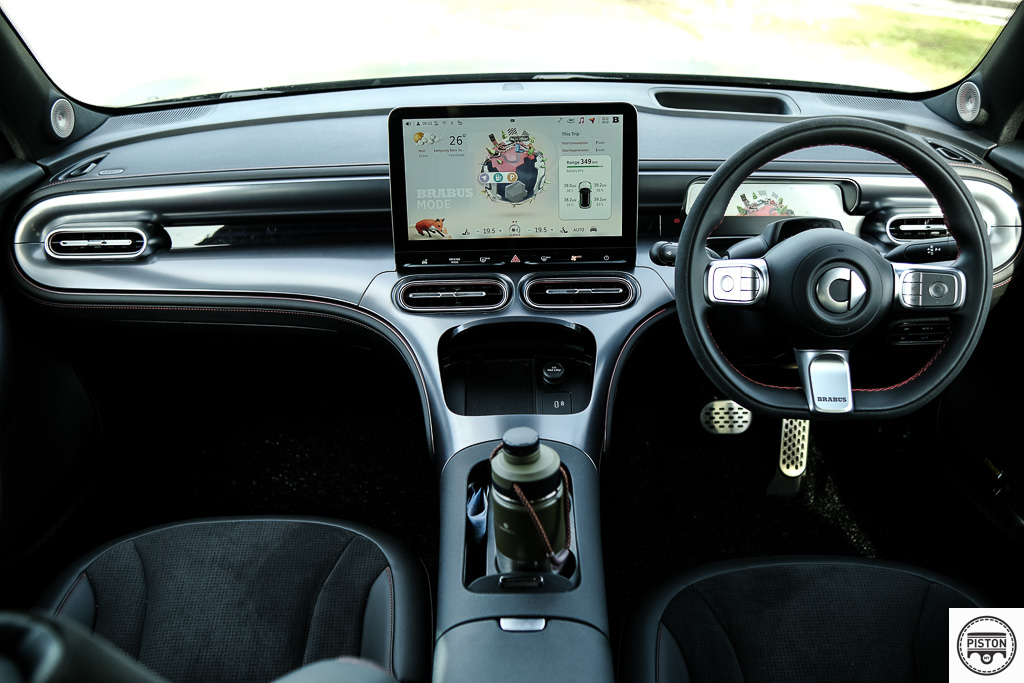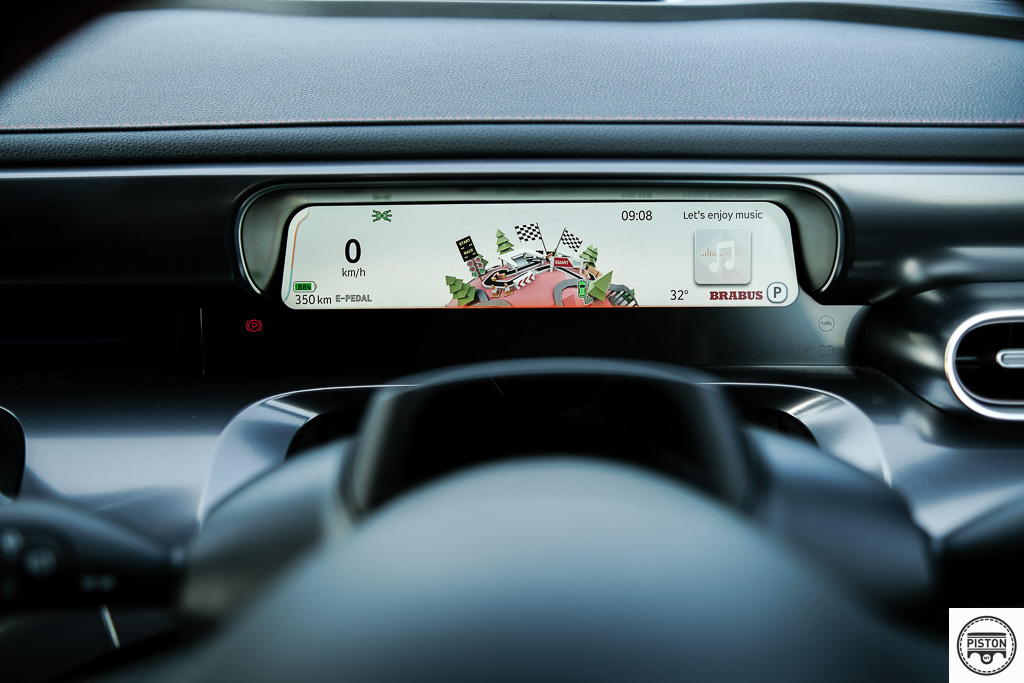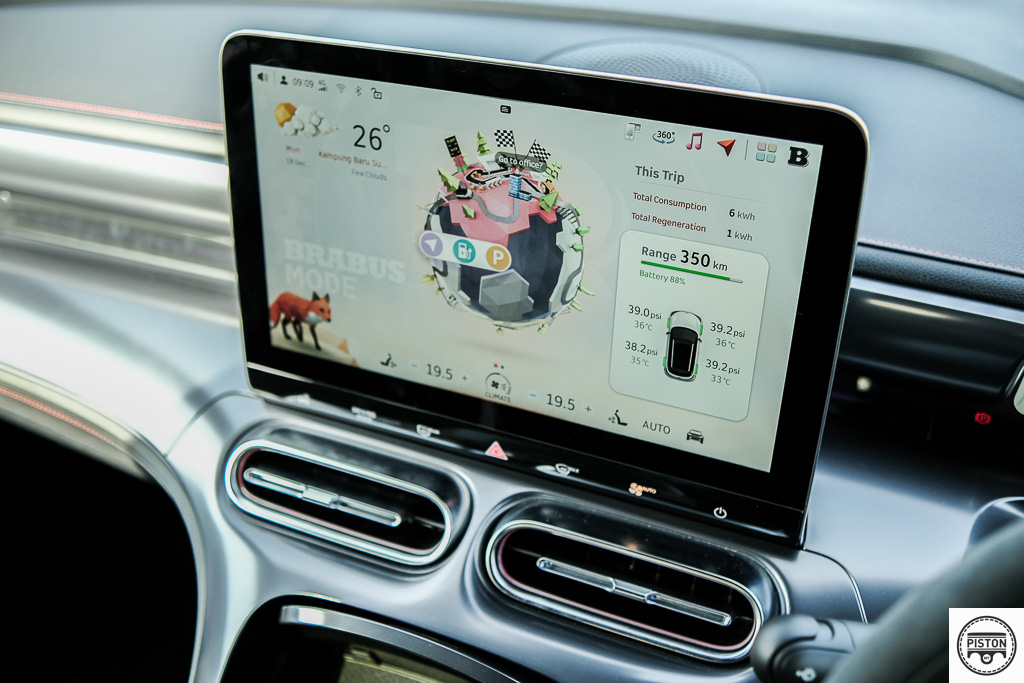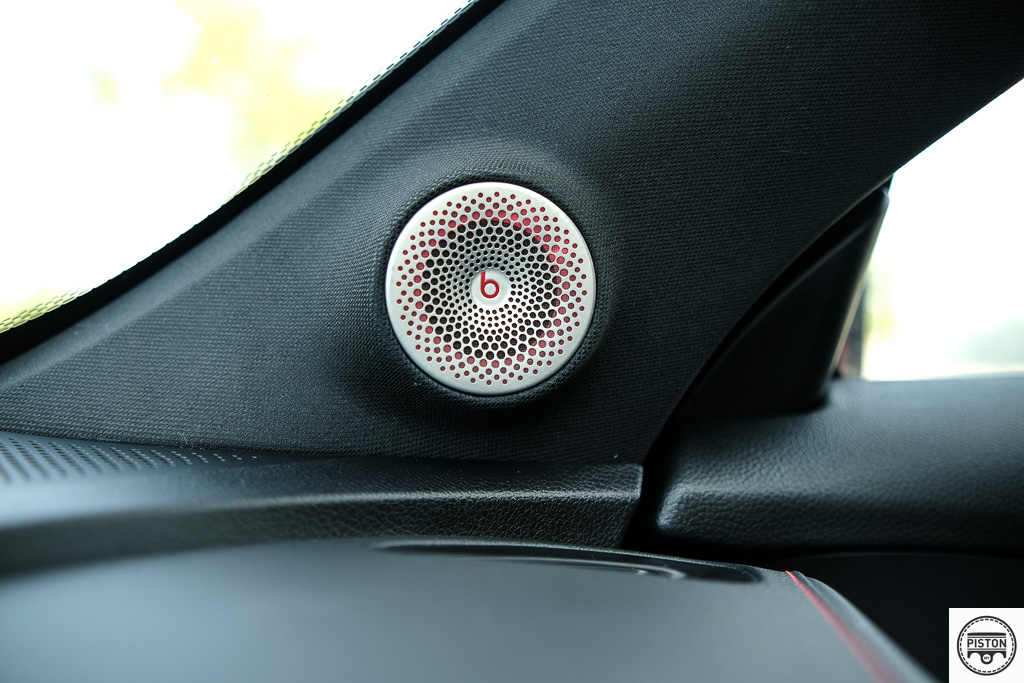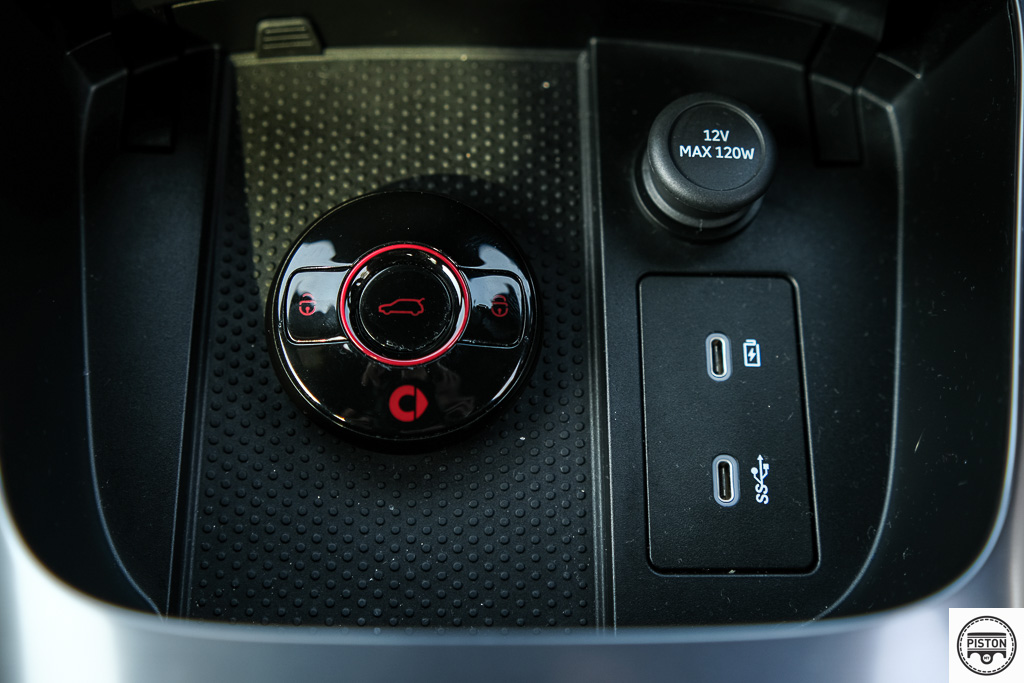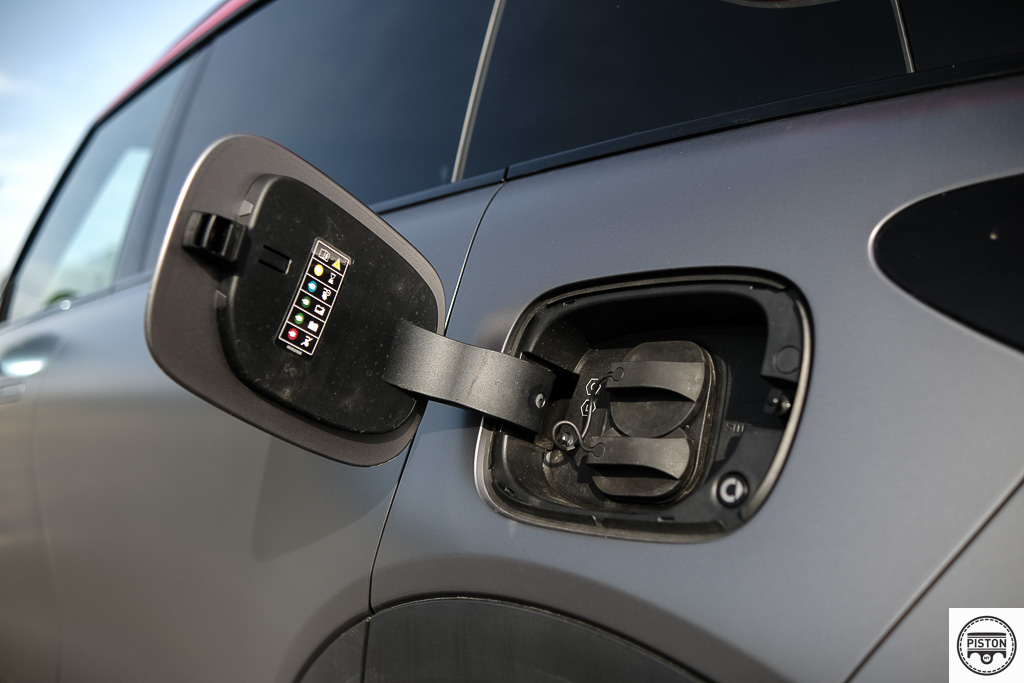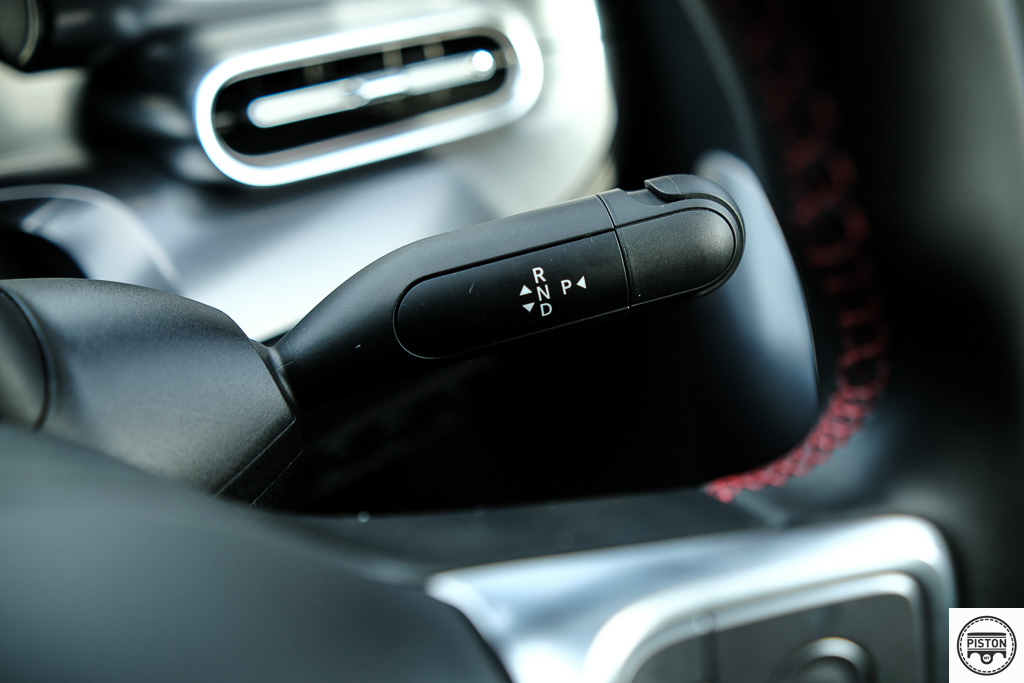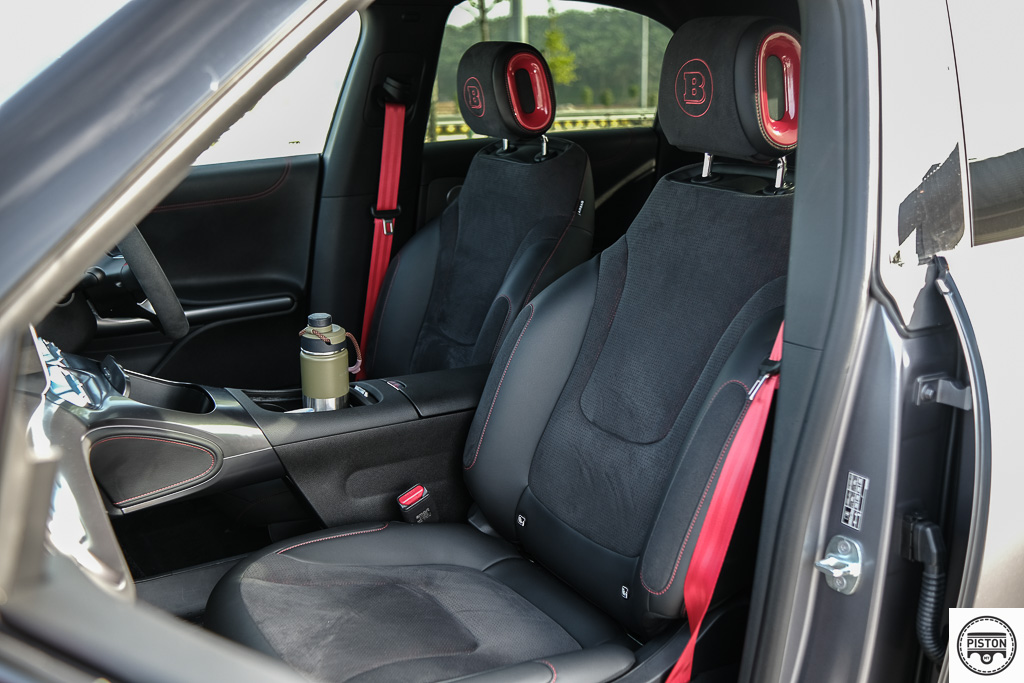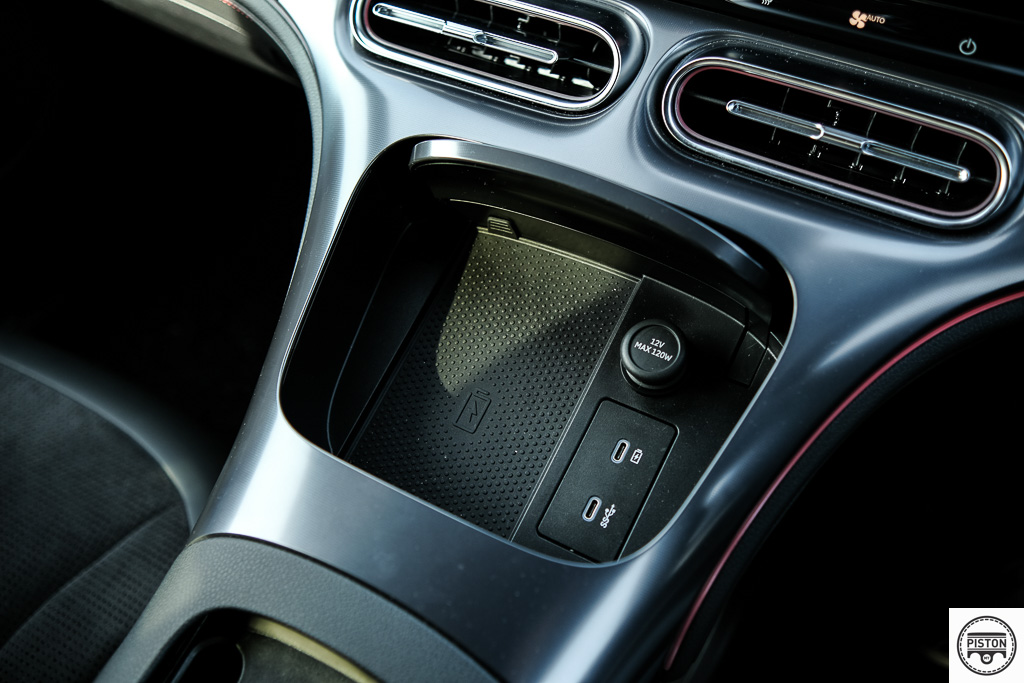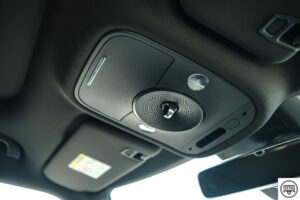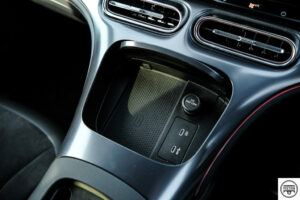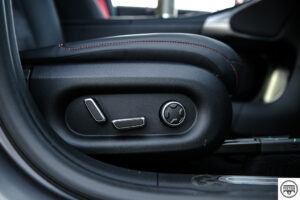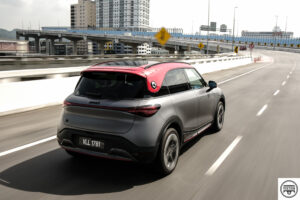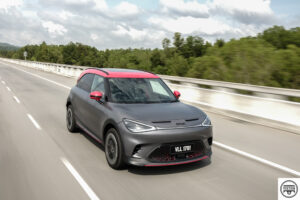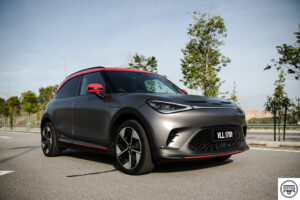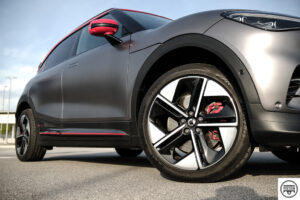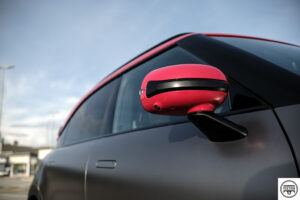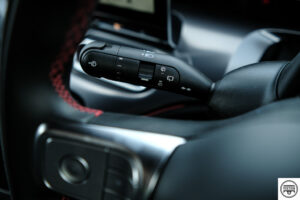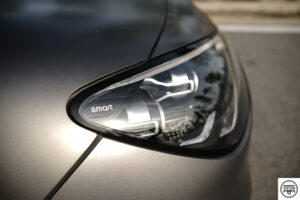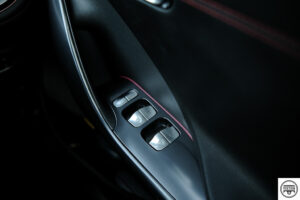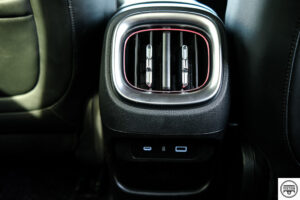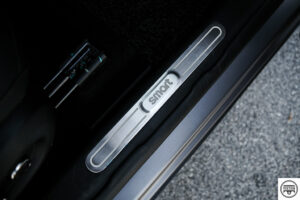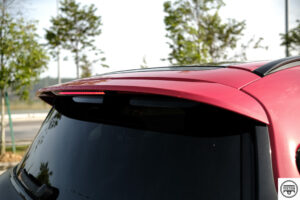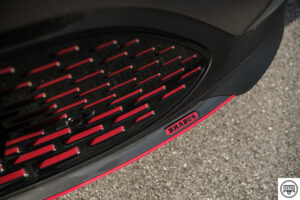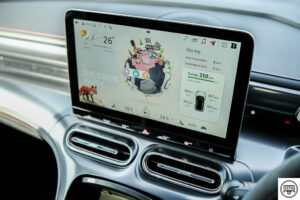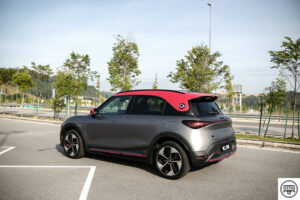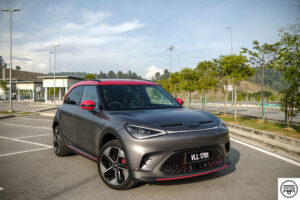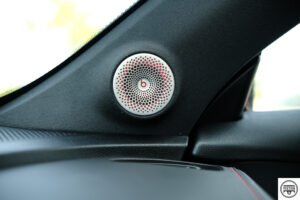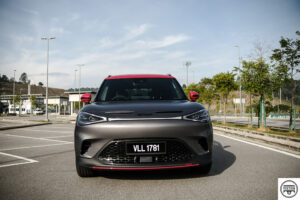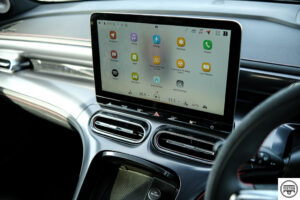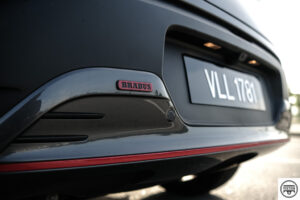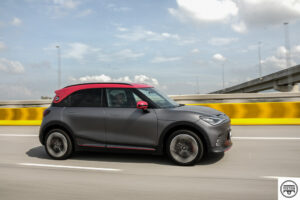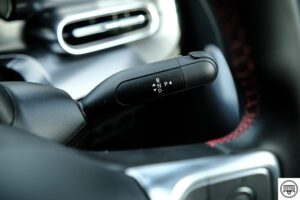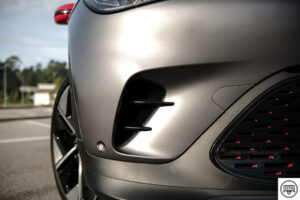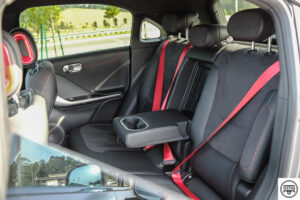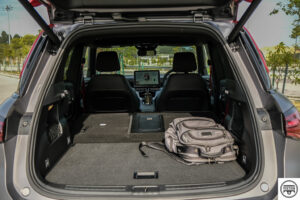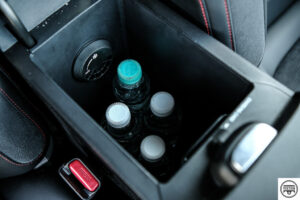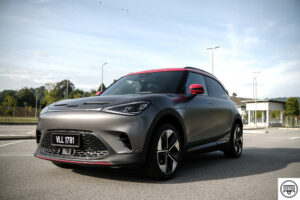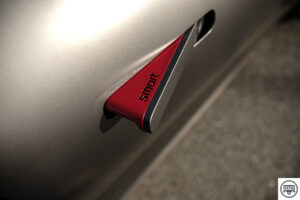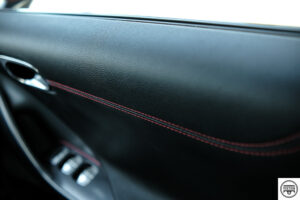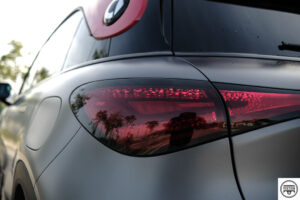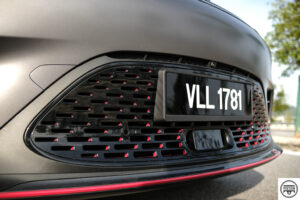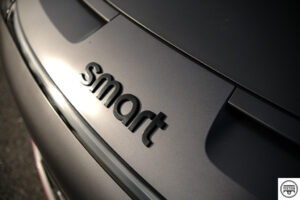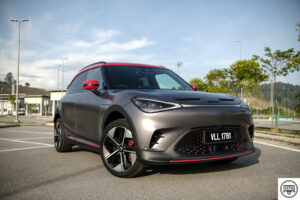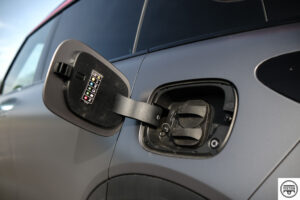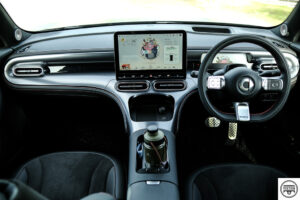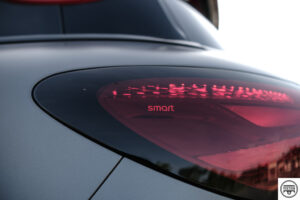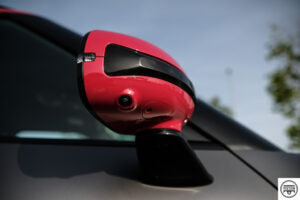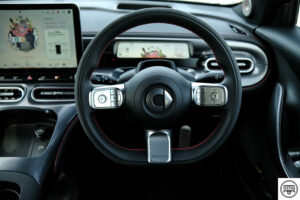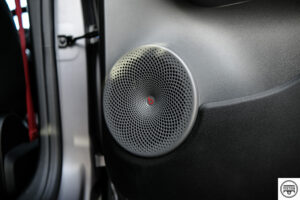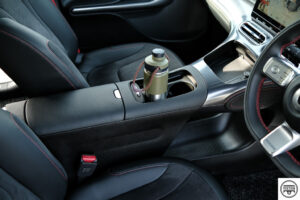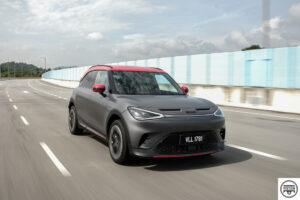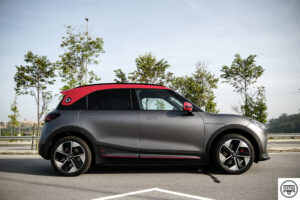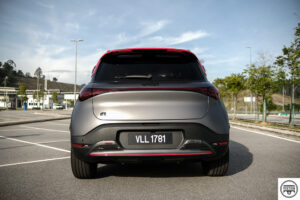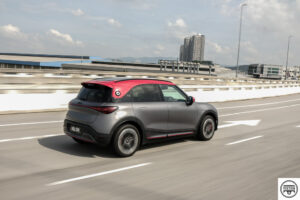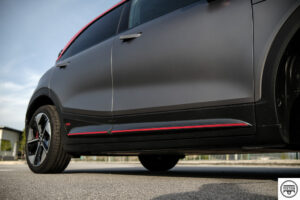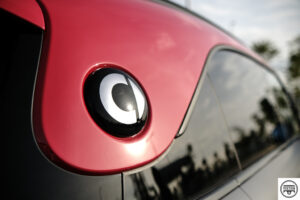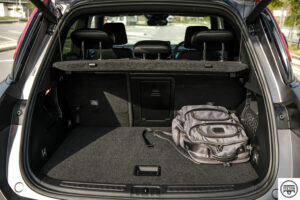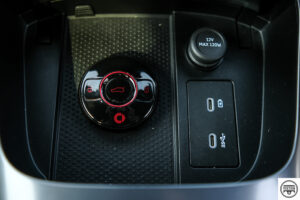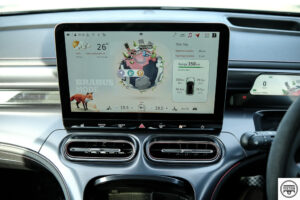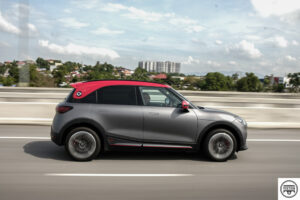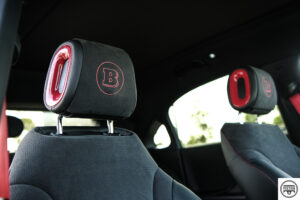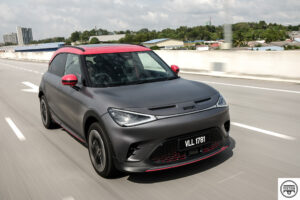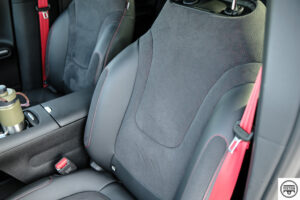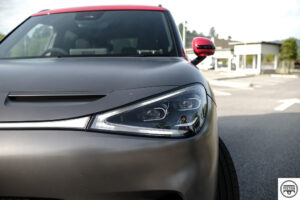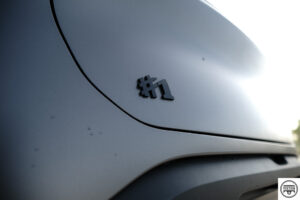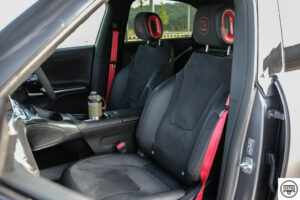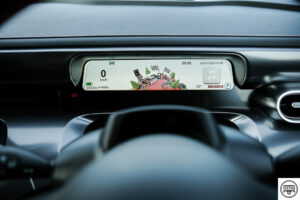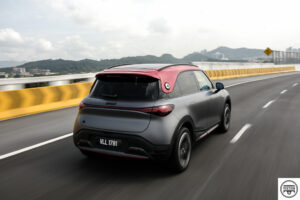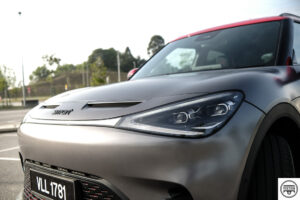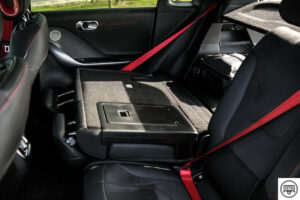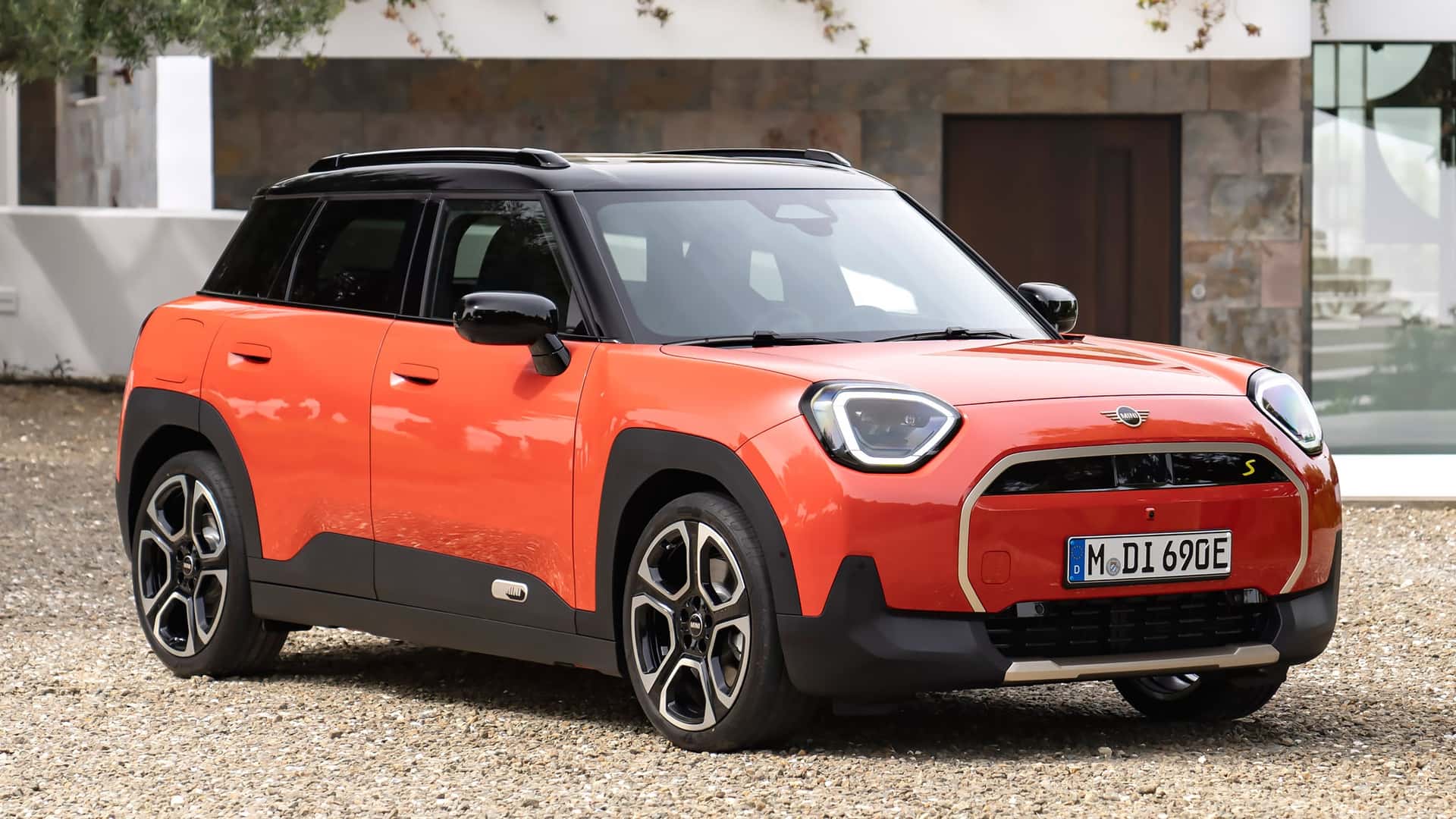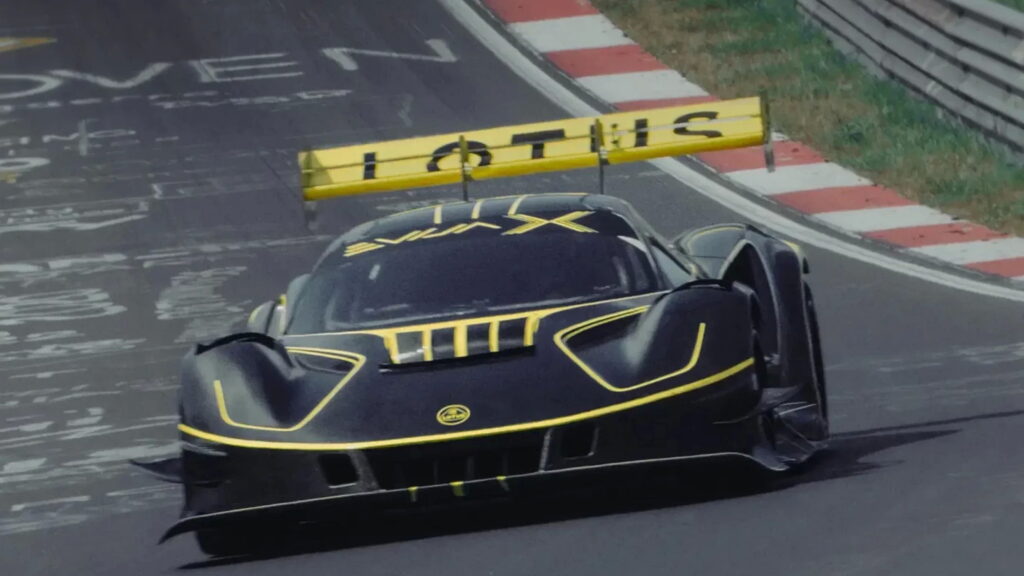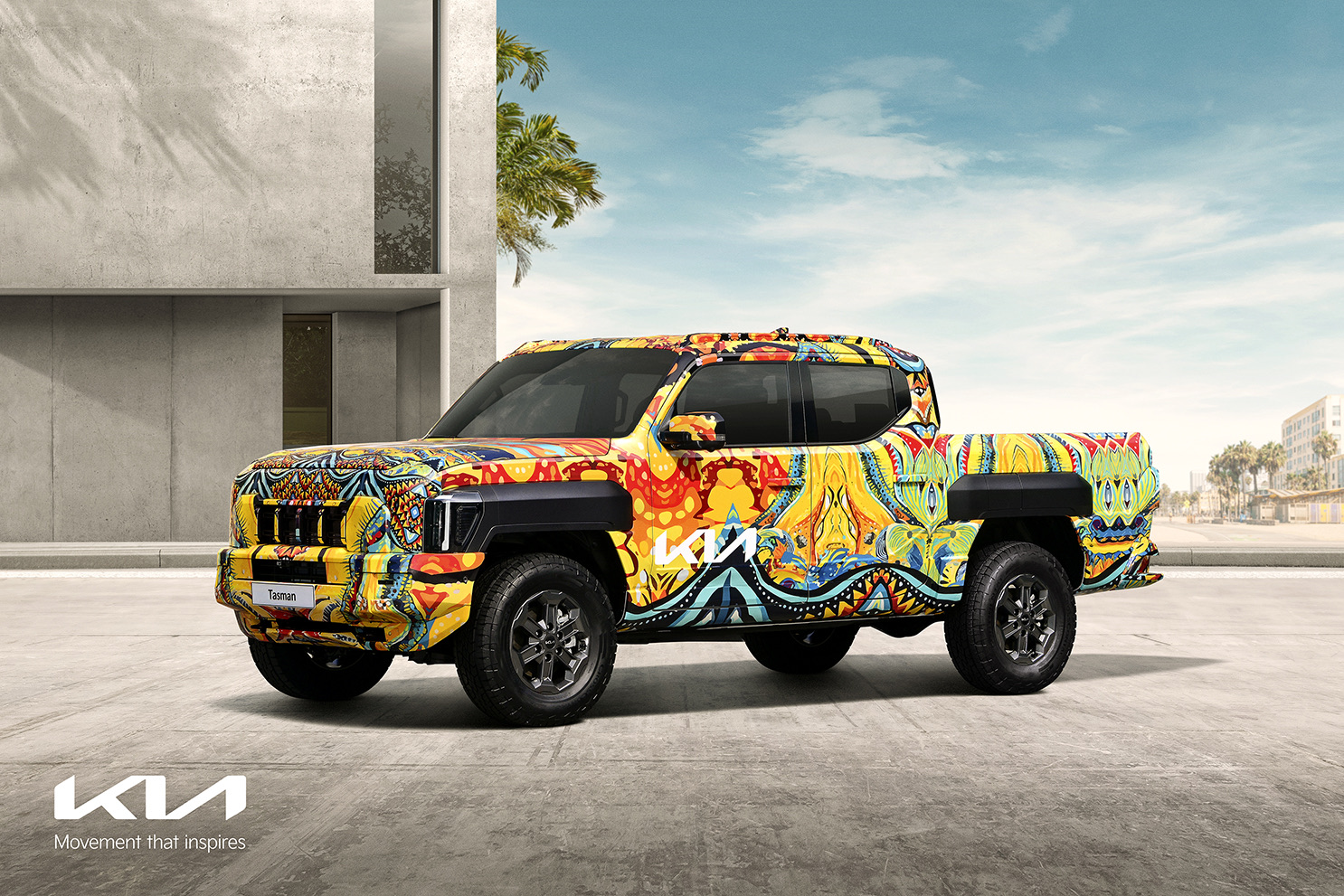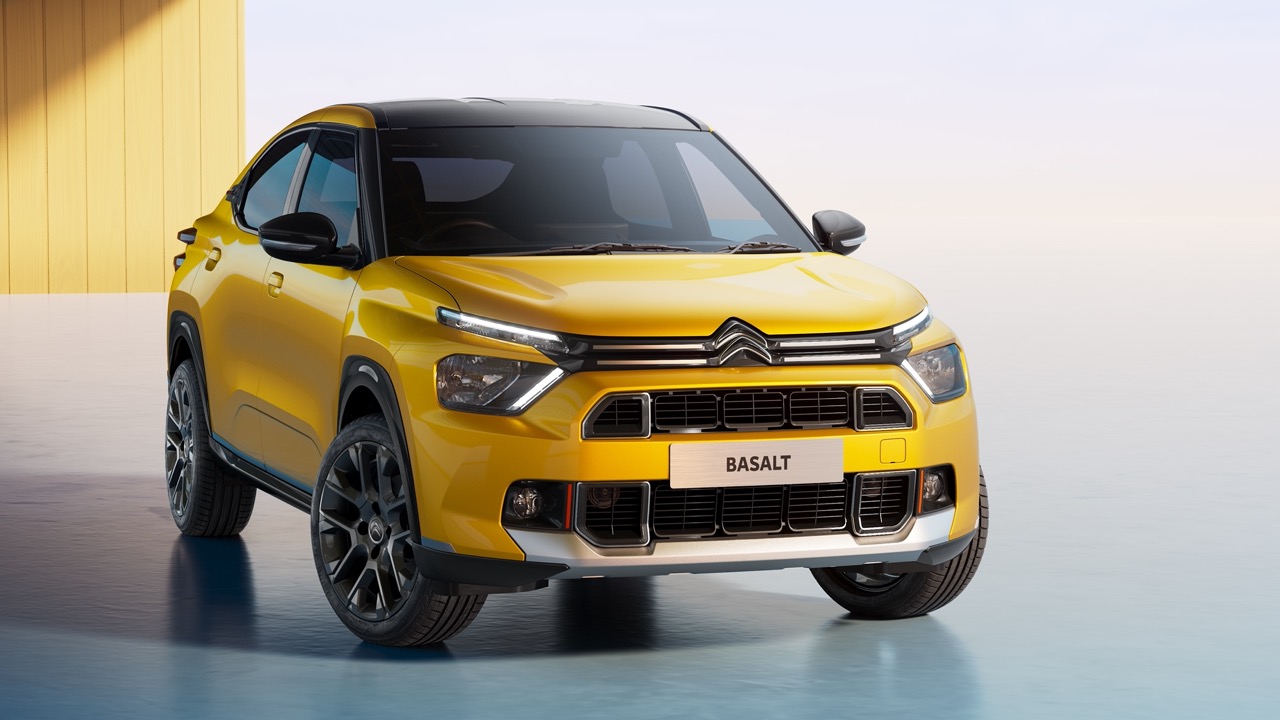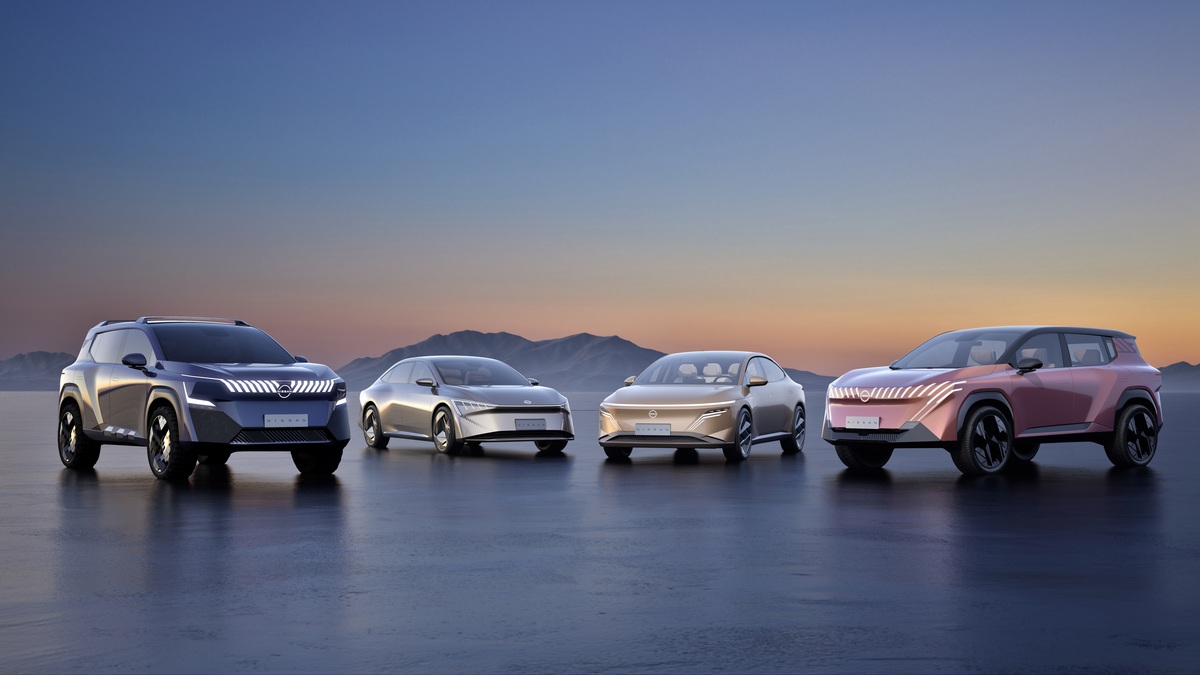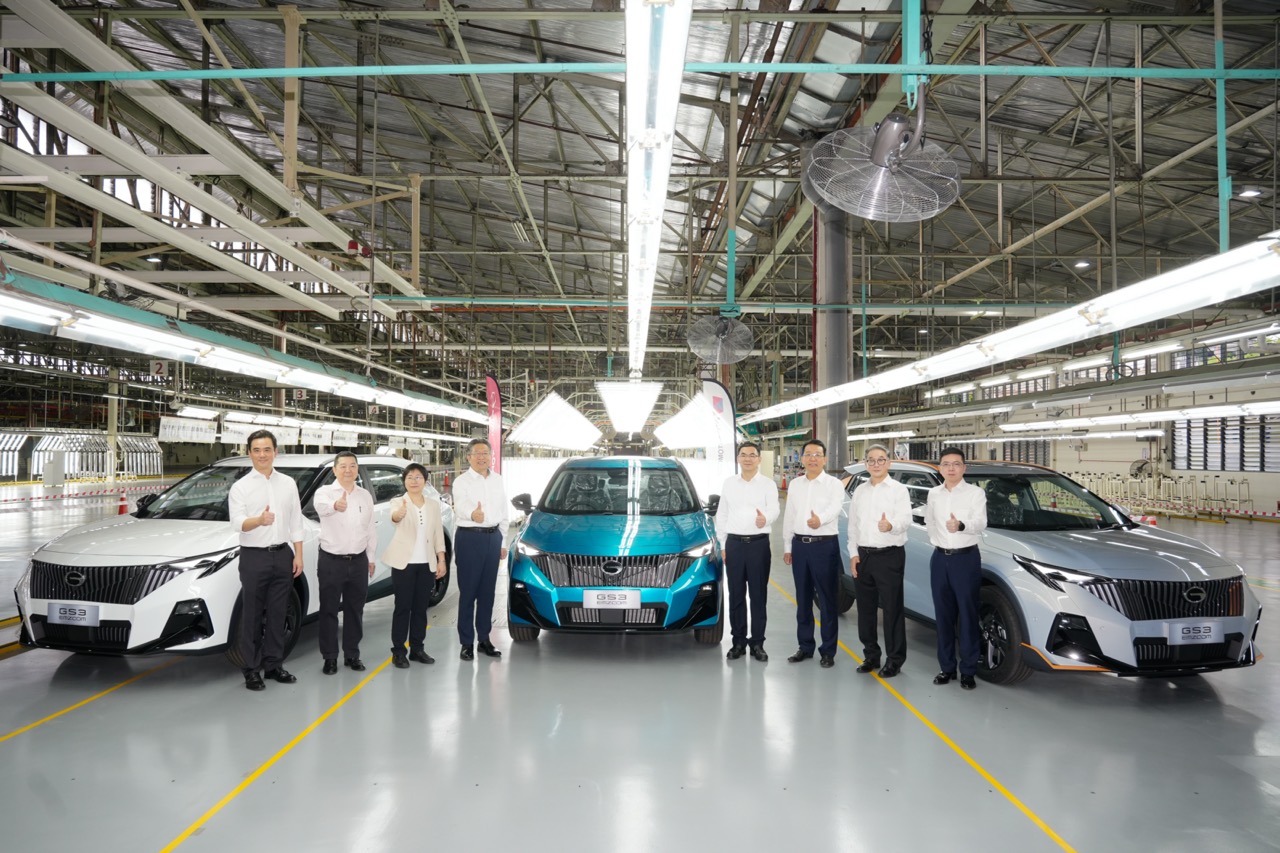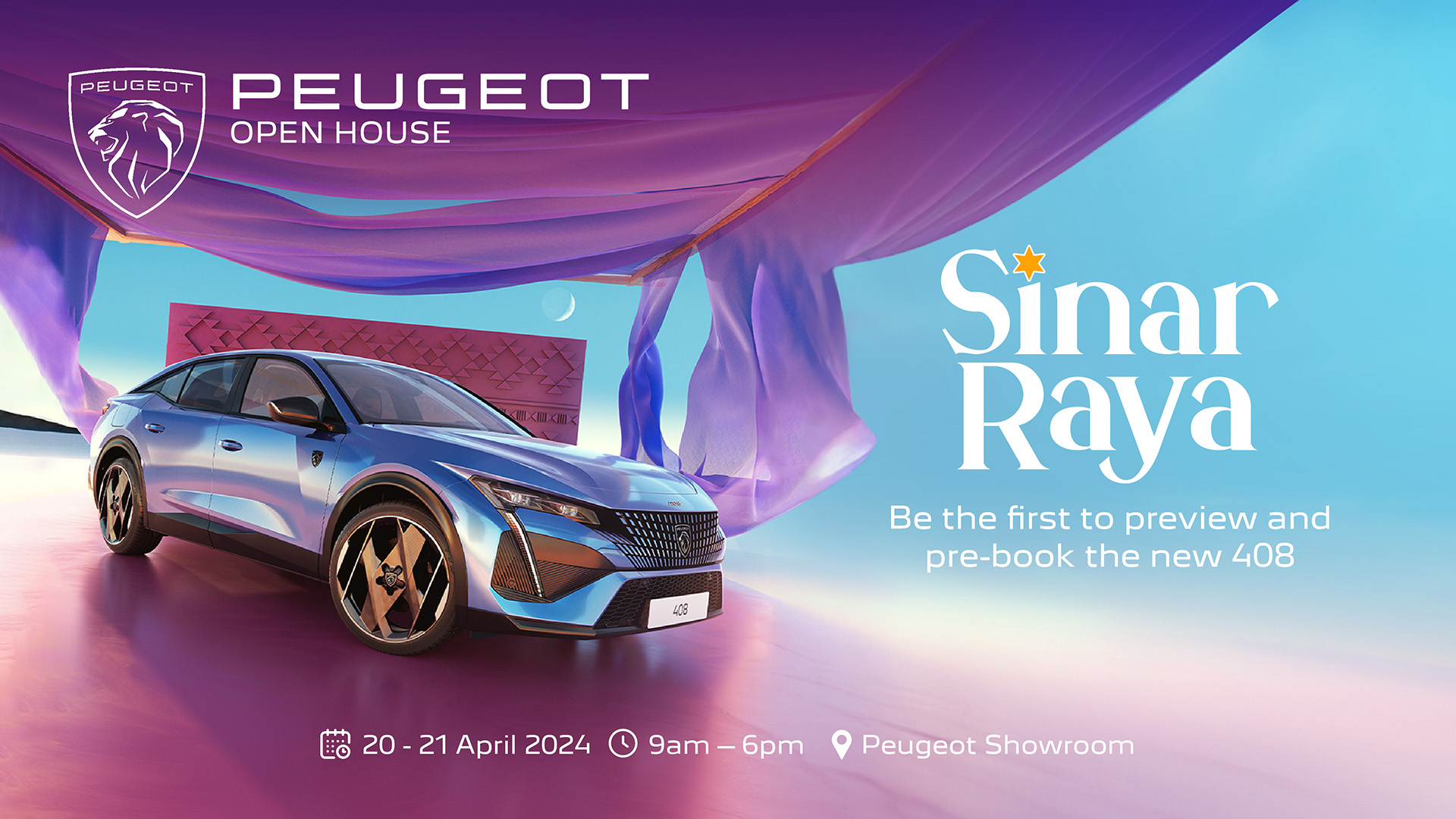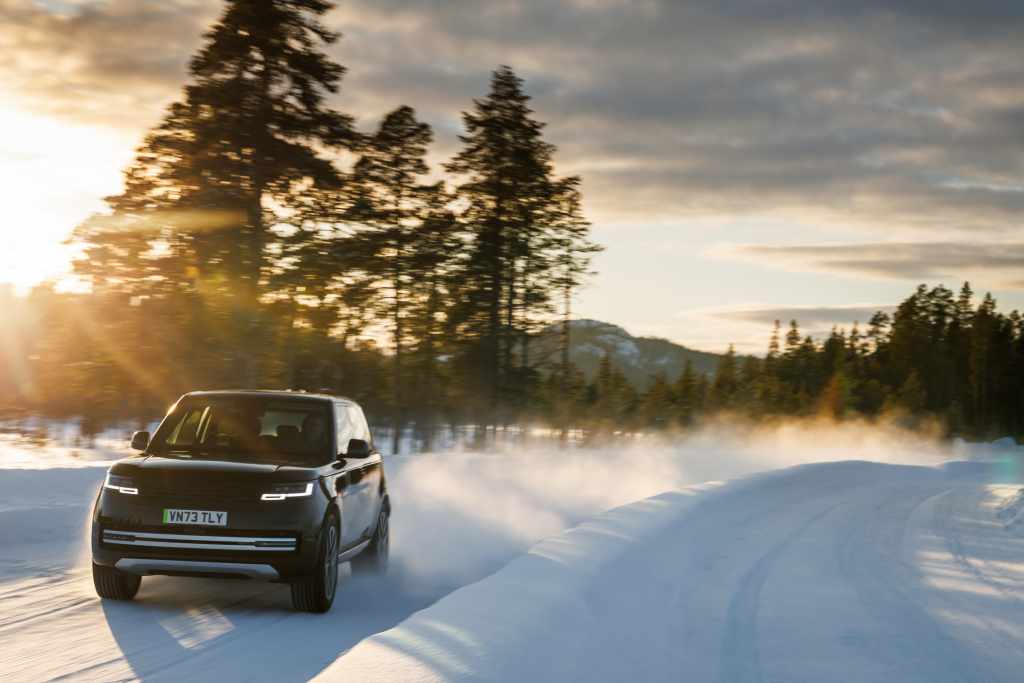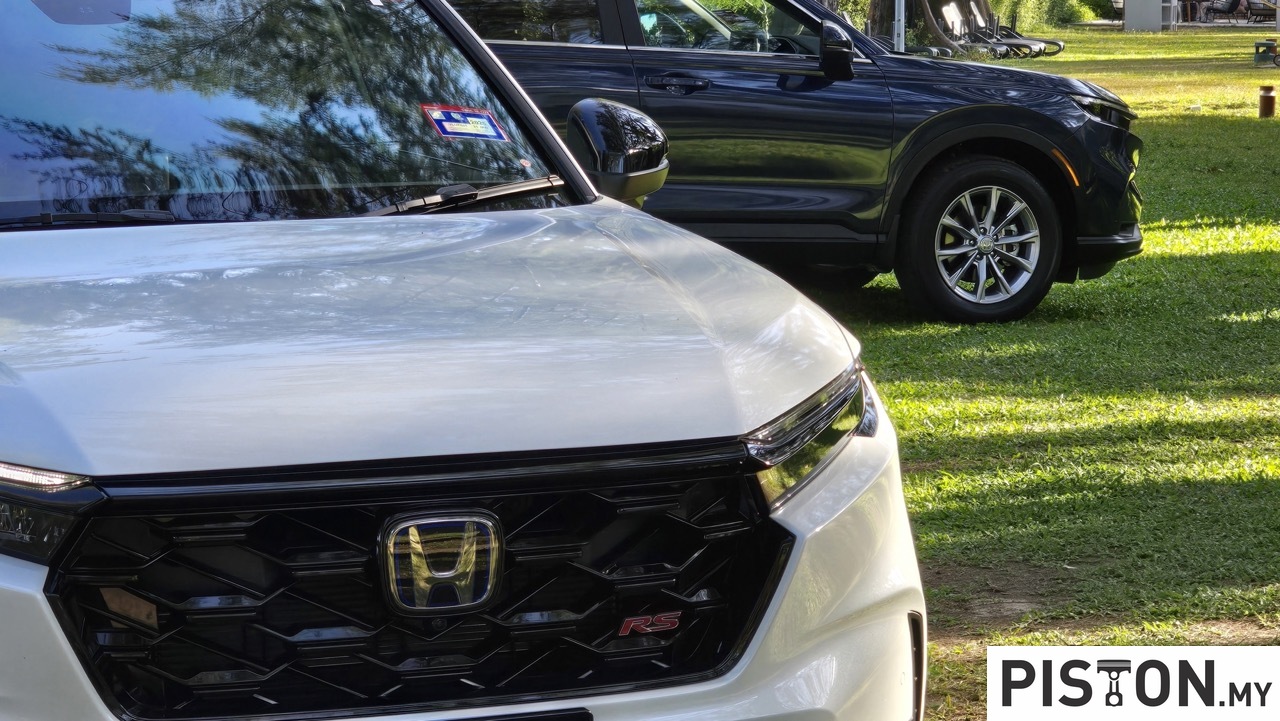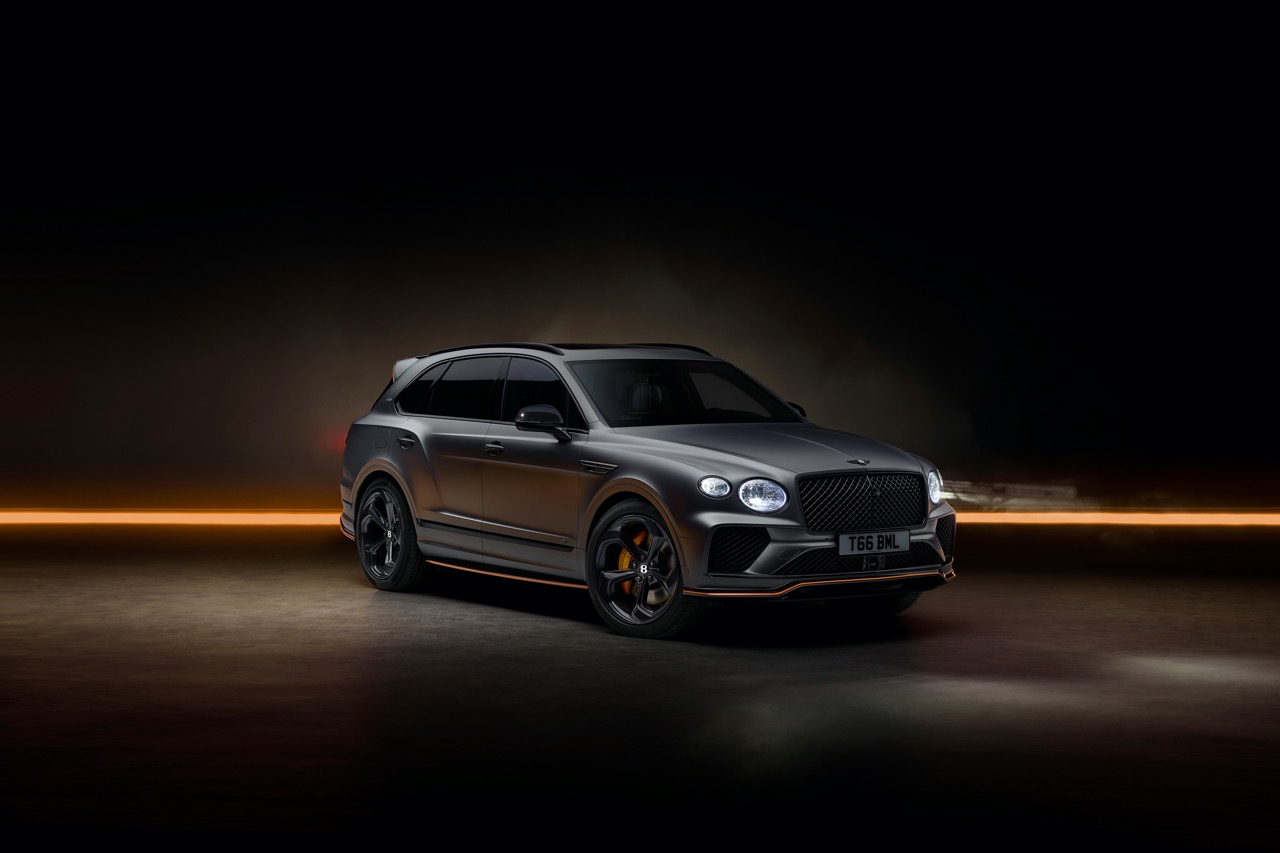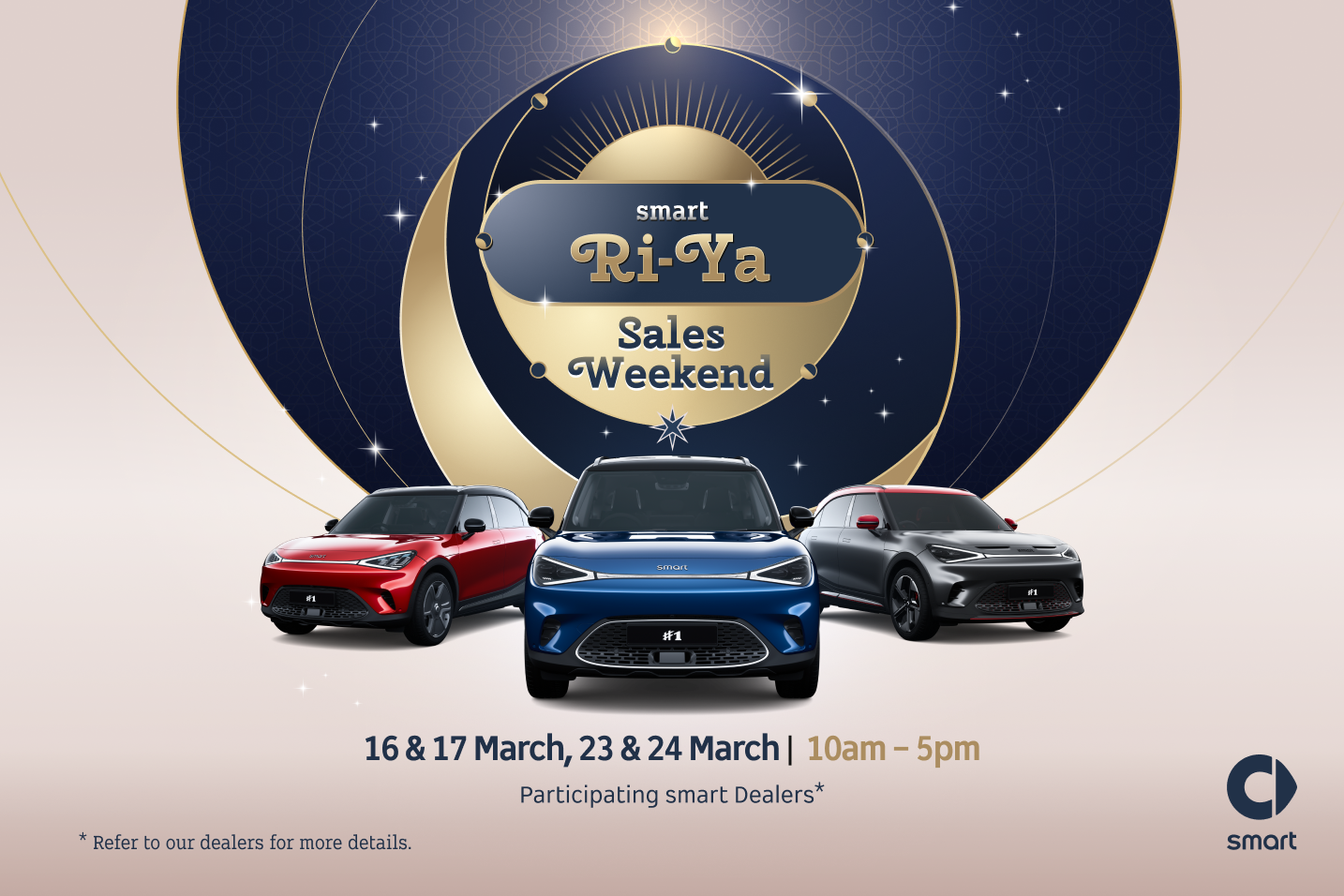The world of electric vehicle has been thriving in the past couple of years, with new models being introduced every other month from well-known brands. Even all-new brands have been sprouting up like mushrooms after rain as well.
A lot of the all-new brands are from China, but some are also coming out of Europe and the good old USA as well. While that has been a common theme, some car makers are reviving well-known, legendary brands but as pure EV’s.
Take Lotus for example, the iconic British brand was bought over by the Zhejiang Geely group, and save for just one model, it makes only electric vehicles while once upon a time it made nothing but ultra-light high-performance cars. Colin Chapman, founder of Lotus, may be rolling in his grave but the company is now making big bucks, which should stop his twirl.
And we also have Smart, which is usually stylised in lower case. Though not as iconic as Lotus, Smart has been around since the 80s and has made quite a name for itself over the years.
Many associate Smart with Mercedes-Benz and they are not wrong about that. However, Smart’s story goes further than that. Smart’s foundations lays with Swatch watches when the latter’s CEO wanted to create a car with the same manufacturing technologies and personalization options as the watches.
But rather than going at it alone, Swatch began looking for automotive partners. Volkswagen had initially agreed to support the brand but that changed when a new CEO took up the mantle.
Smart and Daimler-Benz AG then reached an agreement in 1994 and a number of eye-catching cars such as the ForTwo and ForFour soon came around, but sales were abysmal.
Mercedes-Benz and Geely then formed the Smart Automobile Co. Ltd in 2019 and began building Smart cars in China. The German brand handled design and marketing while Geely would focused on architecture and engineering.
Fast forward a couple of years and Smart is officially in Malaysia with Proton thanks to Geely, except that this time there is a new company that manages the brand.
Proton New Energy Technology (Pro-Net) was formed in 2022 and handles sales of Smart cars in Malaysia and in Thailand. The first point of business was to establish the Smart brand in Malaysia, and thus, after a series of teasers, Smart was officially launched in Malaysia in November of last year.
Rather awkwardly called the #1 (pronounced as the hashtag one), the first model comes in three variants – the entry level Pro model, Premium, and the flagship model seen here, the Brabus.
Priced at RM249,000, this is officially the cheapest Brabus model that has ever gone on sale. And those that know Brabus will understand that Brabus cars are not your regular run of the mill models. Any car that has the Brabus logo is something remarkably special, and the #1 Brabus is no different.
While the lesser variants can be described as regular EV’s, the Brabus adds performance and good looks to it, particularly in this matte grey colour with its contrasting radiant red roof.
True to the original plan, the #1 was designed by Mercedes-Benz while Geely focused on the engineering. It is built on Geely’s Sustainable Electric Architecture (SEA) platform that also underpins other Geely brands like the Lotus Eletre, Zeekr 01 and Polestar models.
But the #1 runs on the SEA2 version to be exact, which is the same platform that is found on the Zeekr X and the Volvo EX30.
In terms of size, the #1 Brabus is 4270mm long, 1822mm wide and has a 2750mm wheelbase. At first glance, it looks similar in size to a MINI Countryman, but once you research the numbers, you will notice that it is in fact slightly longer than a Honda Civic. This should not come as a surprise though as the #1 is technically Smart’s first SUV.
Despite being quite large, which is something Smart cars were never meant to be, there is no mistaking its design. Somehow, Mercedes-Benz has managed to make it bigger, yet still retain its design DNA. The LED lights at the front and the back are connected by a light strip that runs across the length of the car. This looks good and accentuates the width of the car.
Take a seat in the captain’s chair and you are greeted by a minimalist interior. Directly ahead of you is a small 9.2-inch meter cluster that gives you all the essential readings such as the speed, battery charge and range of the car. Up ahead there is a 10-inch heads-up display that can be adjusted according to your height.
Dominating the interior though is a massive 12.8-inch infotainment screen that houses all the controls of the car. From here you adjust everything from the position of the side view mirrors to the safety systems, the entertainment, navigation and even look for the closest charging station.
One nifty feature that it has is a built-in navigation system with local info on charging stations. This shows you all the charging stations that are located near you, the status of the station (operational or not) and its charging performance.
The one feature we particularly like is that you can key in your destination into the map, let the car do the calculations for you and it will tell you whether you have enough juice to get there.
If you don’t, the car will show you where to charge and how long it will take you. It basically does all the hard work for you, and that is something that makes owning an EV more pleasant since there aren’t as many charging stations as petrol stations.
Once you have that out of the way, you can sit back and indulge in one of the finest sound systems found in an automobile. Entertainment is provided by Beats with 13-speakers placed all around the interior to ensure you don’t only hear your favourite music the way the artist intended you to, but also feel it deep in your organs.
But in case you are not an audiophile like us, you will be happy to know that the Brabus has its own augment engine sounds as well. There are two different engine sound options called the Smart original sounds and classic, which sounds too fake as compared to the former.
These sounds match the character of the Brabus, with 428PS and 543Nm at its disposal, this #1 is capable of some serious performance. The acceleration to 100km/h is seen off in 3.9 seconds and it has a top speed of 180kmh. This is blisteringly quick considering that it weighs in at a hefty 1900kg.
Even charging it up is quite impressive. The #1 is capable of 22kW AC charging which allows it to recharge from 10 to 80% in just three hours. That is seriously fast and rare. Most EV cars in Malaysia are only capable of 11kW or 7kW AC charging, and only expensive EV’s like Audi’s e-Tron’s or the Porsche Taycan are capable of 22kW AC charging.
But of course, it is also capable of some seriously fast DC charging. With 150kW capability, it can spruce up from 10 to 80% in just 30 minutes. The only problem? There are not that many 150kW DC chargers available that allow you to do that. As for range, the #1 Brabus has a 400km range as compared to the 440km of the Premium variant, but that is still better than the 315km of the entry-level Pro variant.
Besides its obvious performance talents, there is much to love about the #1 Brabus, such as its spaciousness that allows a family of five to get fairly comfortable with luggage space for a weekend at the beach. Build quality is great too and features such as the vehicle to load function lets you power up appliances like a fan or a coffee machine if you like to spend time outdoors.
Even driving it is super fun as the suspension has been stiffened to match its performance, meaning you can throw it into corners and slingshot out in stitches of laughter. But when you want to take it slow, just press a button to open the full panoramic roof and turn off the radio, sink into the ultrasuede leather seats and bask in its silent ambiance.
But it is not all praises for the #1 Brabus. The Gunmetal trim around the centre console tends to glare in the afternoon sun and this blinds you when driving. There are no audio buttons so you are left with the steering buttons or have to dive into that centre screen to adjust simple things like the volume.
Then there is the annoying Lane Keep Assist function that forces you to fight the car which wants to stay in its lane when all you want to do is swerve out of the way of a suicidal motorcyclist. These are simple things that can be irritating, but they are not deal breakers as there is plenty to love about the #1 Brabus.
In fact, and at the risk of being crucified by Teslaholics, we would go so far as to say that it is perhaps a better buy than a Tesla. We dived into Tesla Malaysia’s website and specified our very own Model 3. We chose the Long-Range version with 19-inch wheels and full self-driving capability. And that would set us back RM262,500. But its glass roof does not have a shade, nor can a tint keep it cool enough for a bald man to drive comfortably, so that is out.
Then we chose the Model Y and opted for the Long-Range variant with 20-inch wheels with self-driving capabilities and that would set us back RM293,000, which is substantially more than the #1 Brabus.
And besides, the real flex is owning a Brabus, how many people can say that? Also, if you buy a Smart over a Tesla, the friendly salespeople will even help you apply for a loan, where else with a Tesla, you must do everything yourself, very much like assembling Ikea furniture.
Specifications
Motor: Dual Electric Motors
Power: 428PS
Torque: 543Nm
Range: 400km
AC Charging: 22kW; 10-80% in 3 hours
DC Charging: 150kW; 10-80% in 30 mins
We like: Performance, Features, Handling
We don’t like: Simple controls can be hard to access


